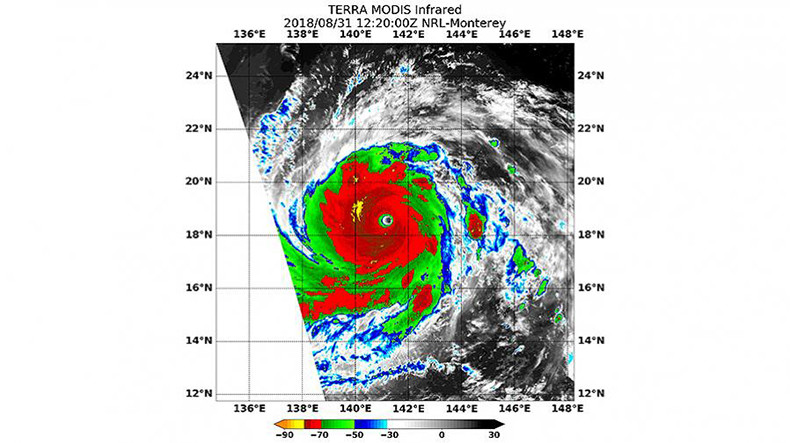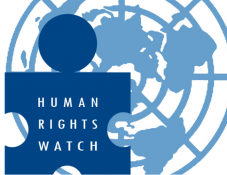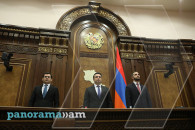
Japan issues evacuation advisories for one million as typhoon hits west coast
Japan issued evacuation advisories for more than 1 million people and canceled hundreds of flights in the face of extremely strong winds and heavy rain as typhoon Jebi made landfall along its west central coast on Tuesday, Reuters reports.
Jebi - whose name means “swallow” in Korean - was briefly a super typhoon and is the latest harsh weather to hit Japan this summer following rains, landslides, floods and record-breaking heat that killed hundreds of people. There were scattered reports of mild injuries as the typhoon made landfall.
Tides in some areas were the highest since a typhoon in 1961, NHK public television said, with flooding covering the runways at Kansai International Airport in Osaka.
The strong winds sent a 2,591-tonne tanker crashing into a bridge connecting Kansai airport, which is built on a man-made island in a bay, to the mainland. The bridge was damaged but the tanker was empty and none of its crew was injured, the coast guard said.
The storm made landfall on Shikoku, the smallest main island, around noon. It raked across the western part of the largest main island, Honshu, near the city of Kobe, several hours later, heading rapidly north.
Evacuation advisories were issued for more than 1 million people as the wind and rain began picking up, the Fire and Disaster Management Agency said. Wind gusts of up to 208 km/h (129 mph) were recorded in one part of Shikoku, with forecasts for gusts as high as 216 km/h (135 mph).
More than 700 flights were canceled, along with scores of ferries and trains, NHK said. Shinkansen bullet train services between Tokyo and Hiroshima were suspended and Universal Studios Japan, a popular amusement park near Osaka, was closed.
Some 177,000 customers across western Japan lost power, the Ministry of Economy, Trade and Industry said. Toyota Motor Corp said it was cancelling the night shift at 14 plants.
Jebi’s course has brought it close to parts of western Japan hit by rains and flooding that killed more than 200 people in July. However, it was set to speed up after making landfall, minimizing the amount of rain that will fall in one place.
Newsfeed
Videos






























